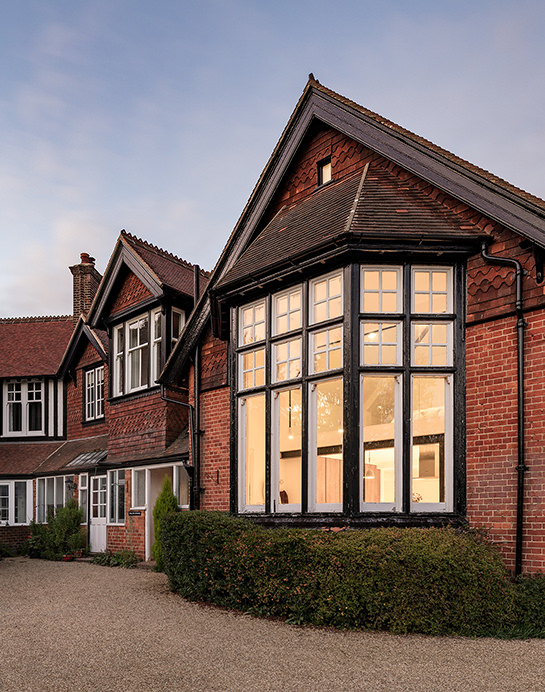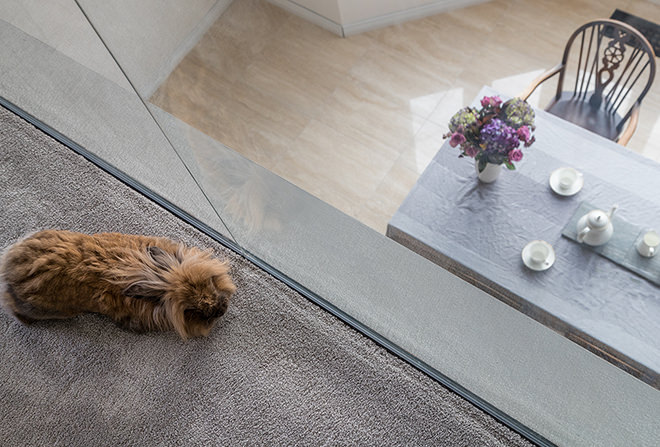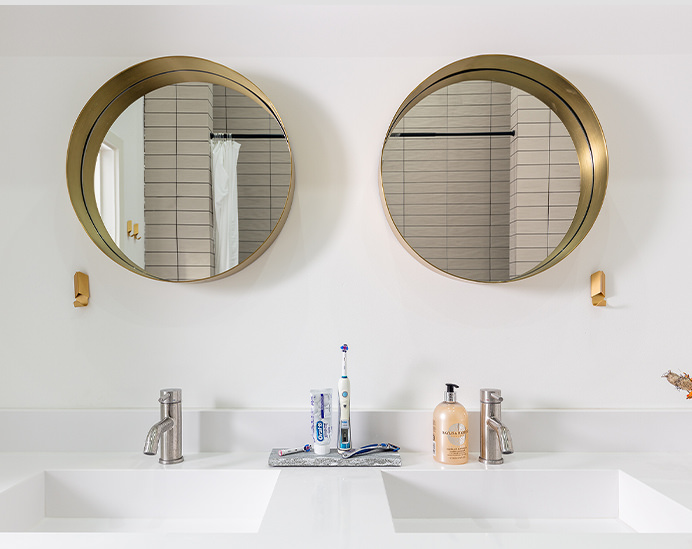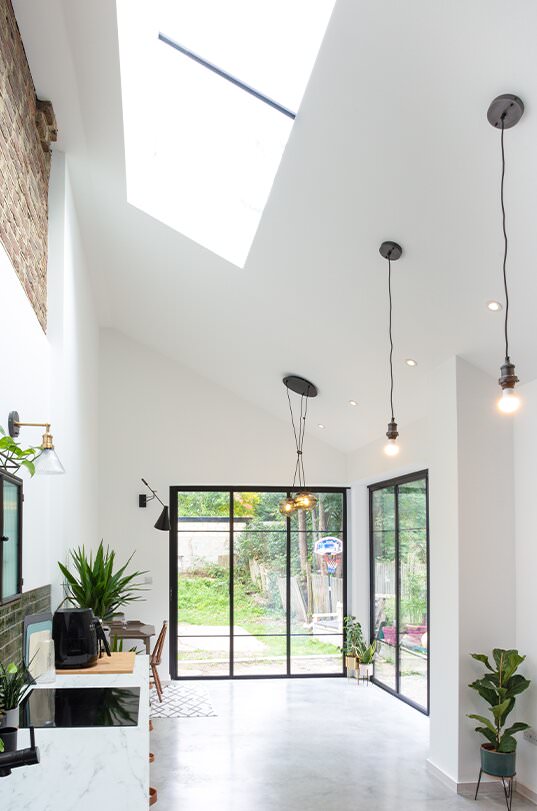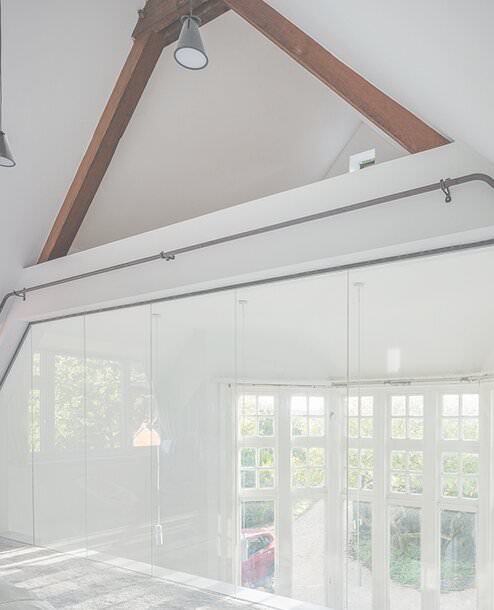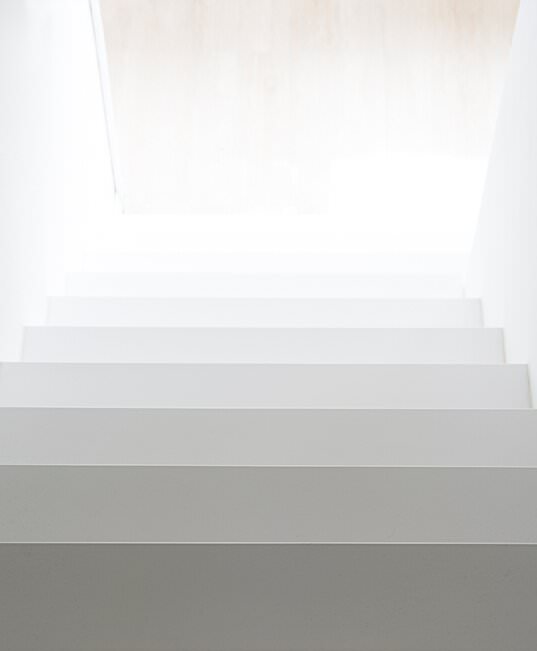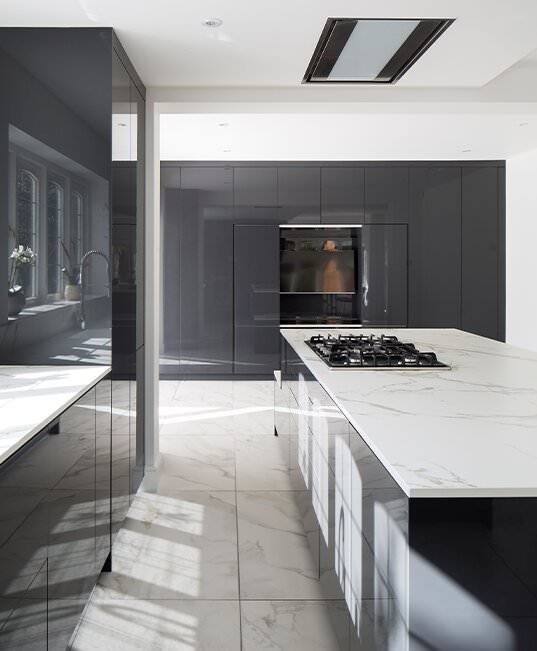5 ways to estimate building construction costs
November 1, 2019
A key part of any development appraisal be it a large scale residential development or a small extension is the initial construction cost estimation.
Working with developers on and early clients in the process, we’ve seen a number ways this is done and today, we thought we’d share our 5 ways to estimate construction costs.
METHOD 1: WORK BACKWARDS
Most developers have a firm grasp on the majority of their numbers including the GDV (gross development value), legal fees, and profit percentage fit figure, etc. – put all the figures into a spreadsheet and understand what you have left? Although this isn’t an accurate reflection on the construction budget, it gives you a clear idea of how much you have to play with.
METHOD 2: COST PER SQUARE METRE
A rough guide, market rate cost per sqm figures are a good starting point. Work out how much sqm of new build elements, refurbishment elements and refresh elements (light works) there are and multiple the area by the relevant rates. Every developer and contractor has their own way of working and therefore their own rates so you’re more than likely never to find construction professionals that’ll agree on a standard rate. This comes from experience, after building a few you’ll begin to understand and get used to what rates you can expect.
METHOD 3: USE A QUANTITY SURVEYOR
Our preferred and trusted method. These guys do cost reports day in day out and are trained to do so. Their estimates on a job are still exactly that – estimates but it’s based on market rates and up-to-date experiences on how much things cost. This is the ideal route to take, but completely understandable if it’s not should you be looking at sites in mass.
METHOD 4: USE CONTRACTOR QUOTES
Again, not typically used for sites in mass, as your relationships with the contractors will be rocked should you continually ask for a price. Bear in mind that if your contractor uses a quantity surveyor, then this will typically cost the contractors to cost up. Once you’re further into the project, it’s worth considering as this will give you a good reflection on what the construction costs will be further down the line.
METHOD 5: PRECEDENCE
Previous projects can give you a good reflection on what to expect as they’ll usually cover similar eventualities of what you’re proposing to do for your next project.
Our N1C project was carefully cost-managed as we had early contractor involvement ensuring the design developed in line with the cost plan.
We highly recommend the early involvement of a quantity surveyor in any project to ensure design and cost aspirations align early doors.
